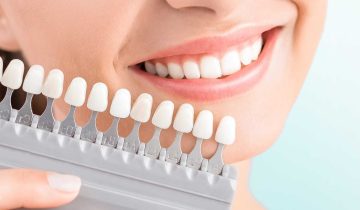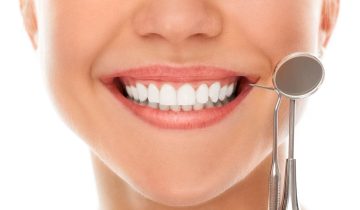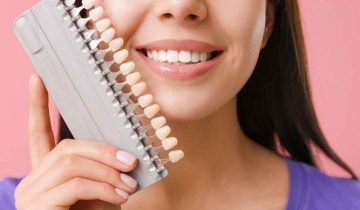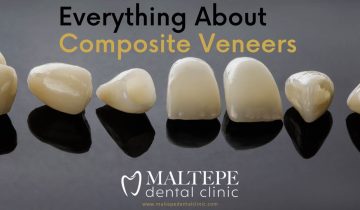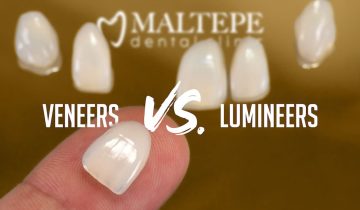Last updated on November 20th, 2023
Dental veneers are awesome shells that protect your teeth from damage as well as give you a beautiful smile. Many people around the world regard getting veneers as an effective treatment to eliminate gaps, cracks, chips, or heavy stains, and the results are usually beyond satisfactory.

Selecting a dental implant brand from a vast global list can be a daunting task for an average individual. With over 150 companies worldwide vying for a position in the dental implant market, it becomes nearly impossible for a regular person to possess comprehensive knowledge about each one of them. Nonetheless, considering the importance of your dental health, it is natural to continue searching for the best dental veneer brands. This article introduces some of the most remarkable manufacturers and dental veneer brands.
What are the Top 7 Dental Veneer Brands?
Here are the top 7 dental veneer brands, known for their quality and innovation in the field of dental veneer:
Empress & Emax
Empress and Emax are brands of dental materials used to manufacture dental veneers and other dental restorations.
Empress is a brand of dental ceramic material that Ivoclar Vivadent, a leading provider of dental products and services, manufactures. Empress ceramic is a high-strength, aesthetic material commonly used to manufacture dental veneers, crowns, and bridges. It is known for its natural-looking appearance and high level of biocompatibility.
Emax is also a brand of dental ceramic material that Ivoclar Vivadent manufactures. Emax is a high-strength, lithium disilicate ceramic material commonly used to manufacture dental veneers, crowns, and bridges. It is known for its high level of strength, durability, and aesthetics.
Both Empress and Emax are popular choices for dental veneers and other dental restorations, and they are known for their natural-looking appearance and durability.
We should also note that getting Emax veneers doesn’t promise uniform results. At first, Emax is a raw material that needs to be worked on to make veneers. So, the technician’s handcrafting skills remarkably factor in the treatment’s success.
MAC Veneers
MAC veneers, made by MicroDental Laboratories in California, are one of the best dental veneer brands for those looking for highly durable and natural-looking teeth. MAC Veneers differ from standard veneers because they are made of pressed ceramic porcelain, which can be at least two times stronger than standard porcelain veneers. The pressed ceramic material used to make MAC Veneers is cast under heat and pressure, which results in a denser material with tightly packed particles. This makes the veneers more durable and resistant to fractures than other types of ceramic restorations.
DuraThin
DURAthin veneers are made from porcelain. They are very thin layers adhered directly to the teeth’ enamel. Therefore, they need no drilling before the application. Also, if the patient wants to remove the veneers later, DuraTHIN veneers can be removed easily by a dental professional with no trace or damage behind them.
DaVinci
DaVinci veneers, made by DaVinci Laboratories, are thin and natural-looking porcelain layers. The veneers are hand-crafted and very thin. Some of the finest artisans make these veneers using the highest quality materials. DaVinci veneers are particularly popular among Hollywood stars. They are also resistant to discoloration and chipping.
Lumineers
Denmat Corporation owns Lumineers by Cerinate veneers. It is a very popular brand due to the little to no preparation required before the application. They are made of porcelain but much thinner than traditional porcelain or ceramic veneers. Lumineers veneers are a cost-effective option; they can be removed with minimal damage to your teeth.
Glidewell’s Vivaneers
Glidewell’s Vivaneers have been another popular non-prep alternative for many patients for a long time. Vivaneers are made of porcelain and as thin as Lumineers. Moreover, they offer translucent or opaque shading options to the patients. The adjustment of the color and shape is pretty easy and quick while the patient is sitting on the chair. A well-trained dentist with an artistic perspective can create the dream smile makeover using Vivaneers.
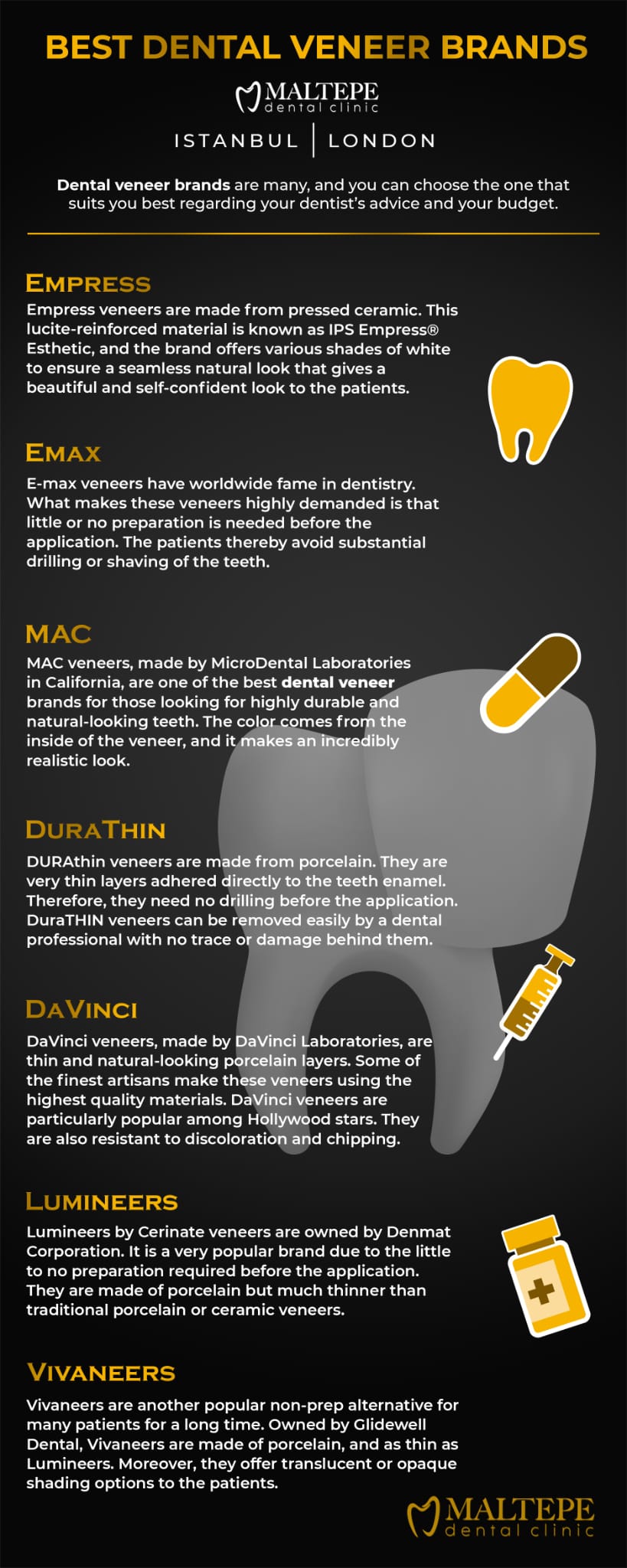
Conclusion
Of course, many other companies and dental veneer brands are supplying veneers to people worldwide. Now, you know some of the most popular ones. If you are considering getting veneers, it’s always a good idea to consult with a dental professional to determine which brand and type of veneers are best suited for your needs.

